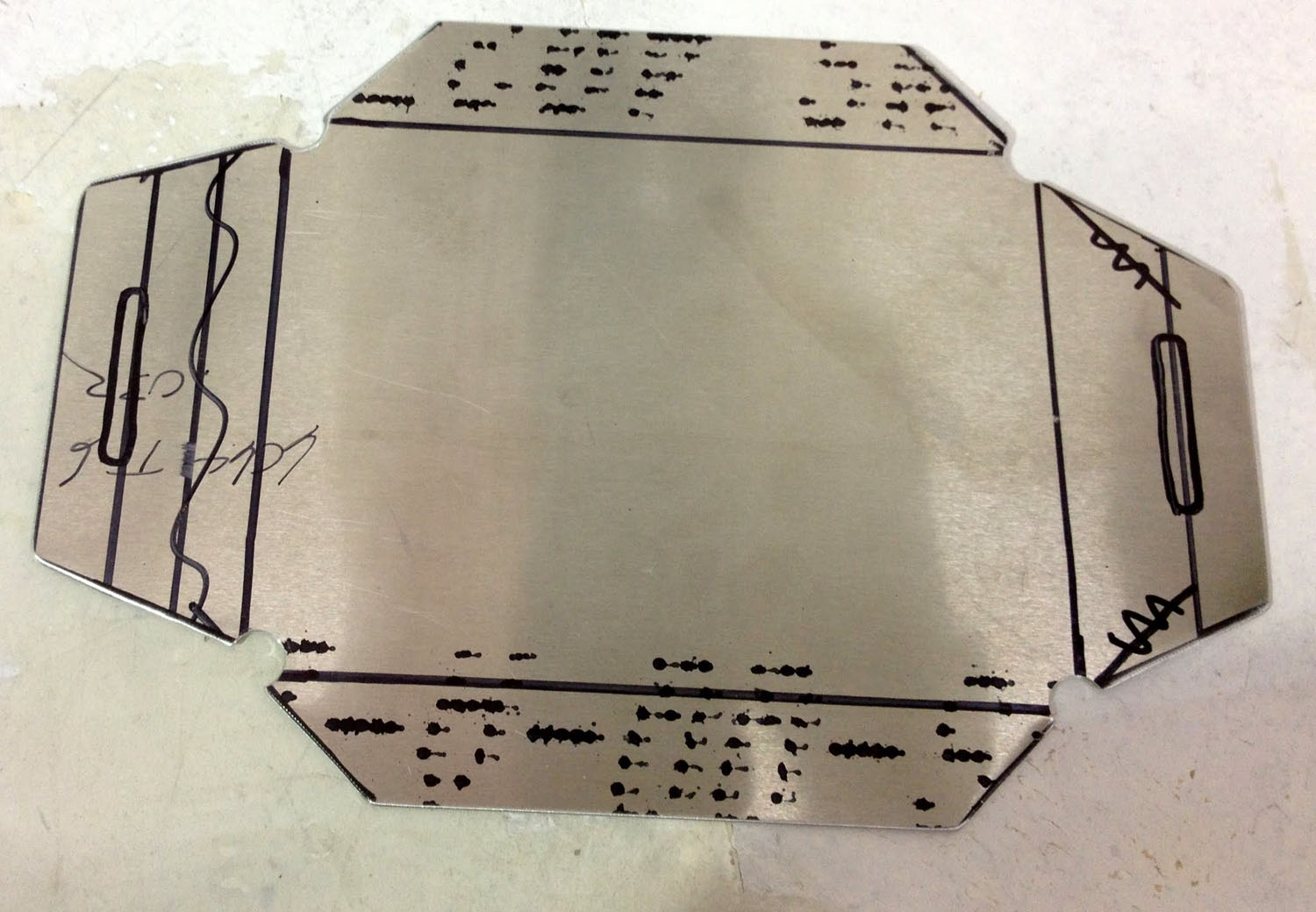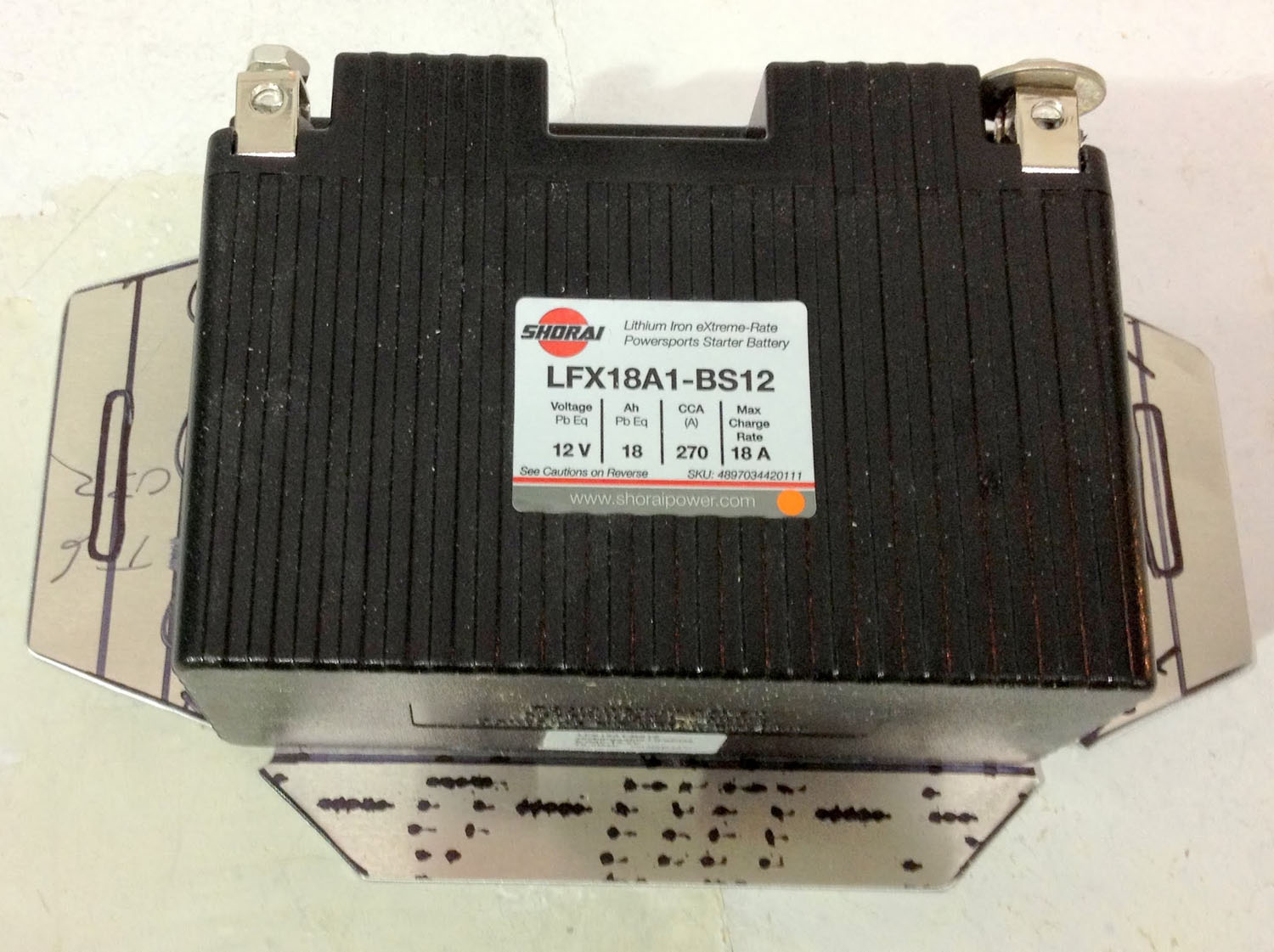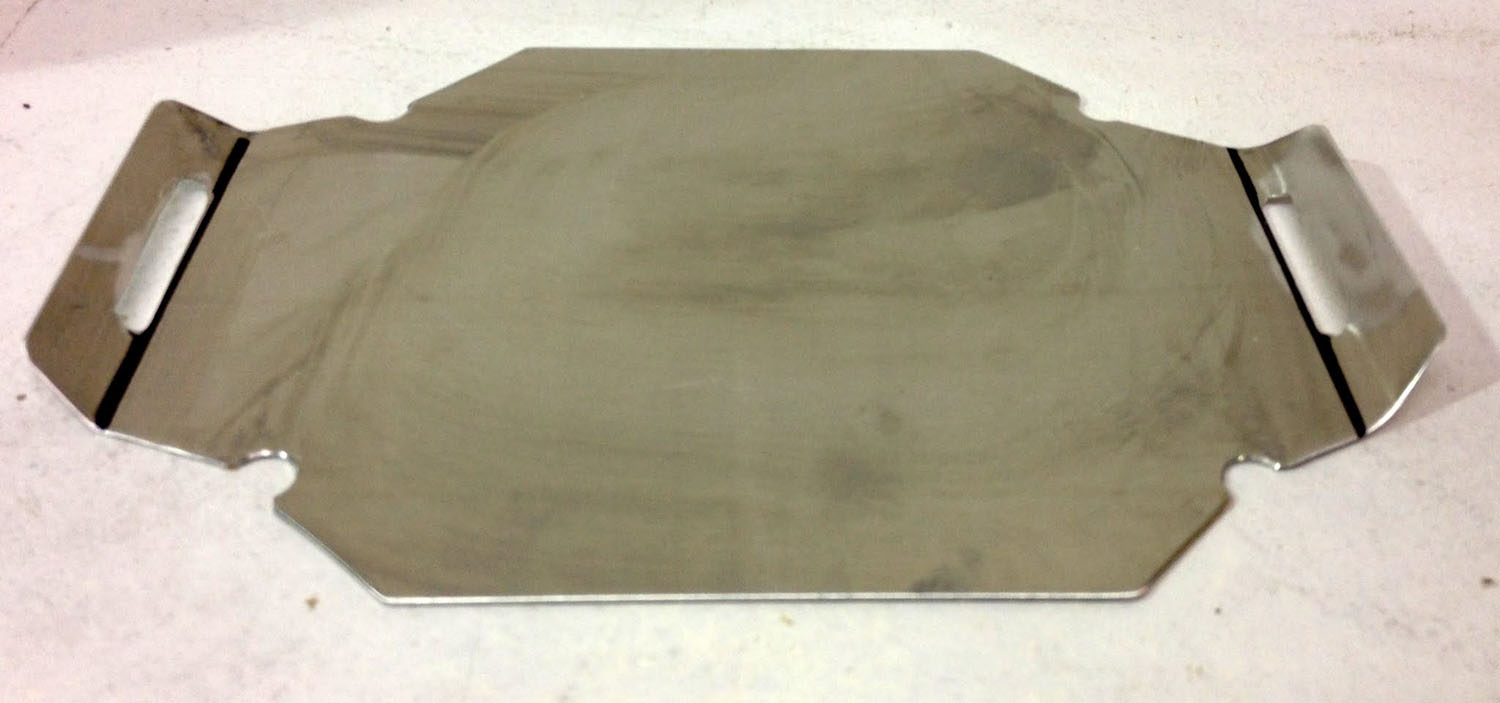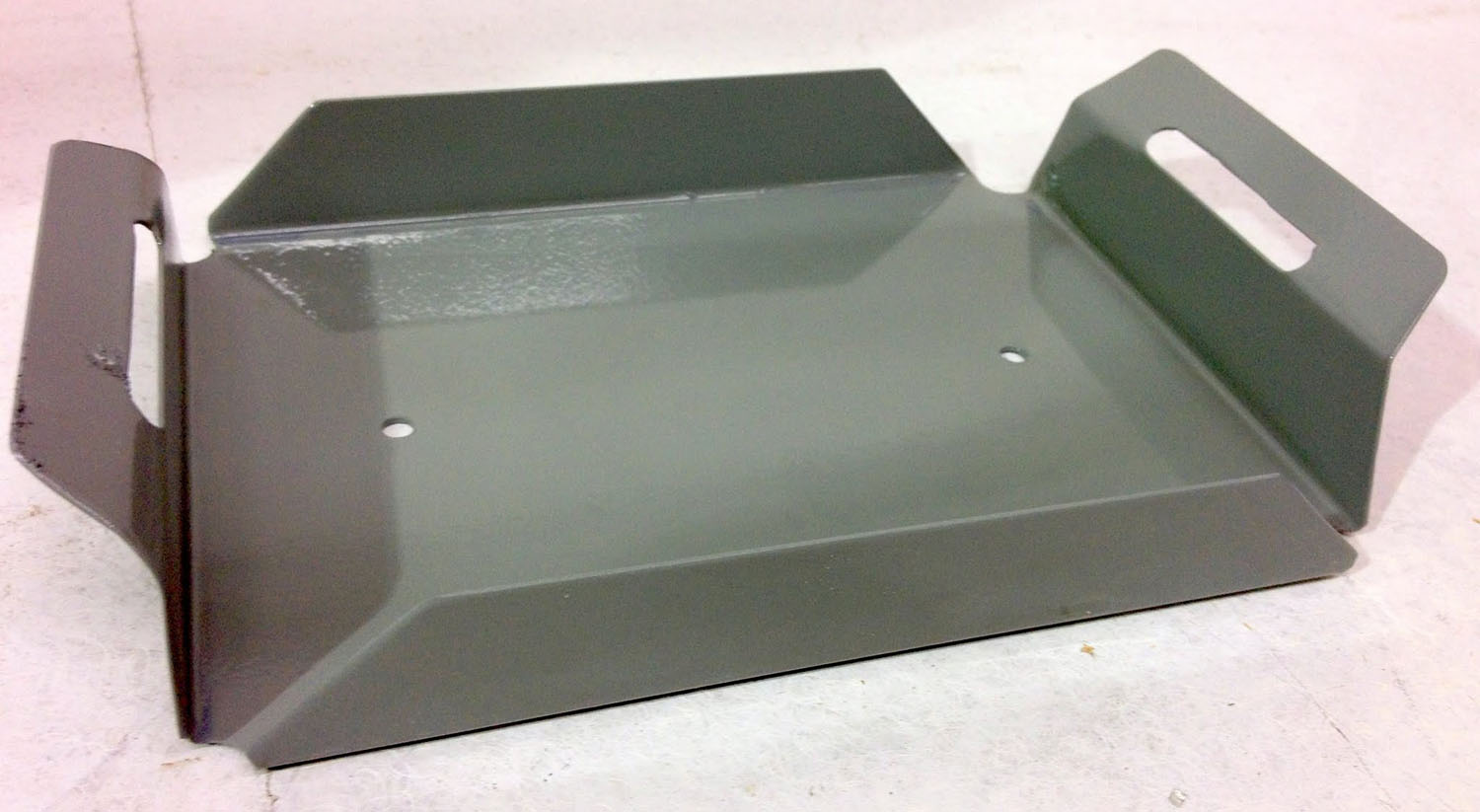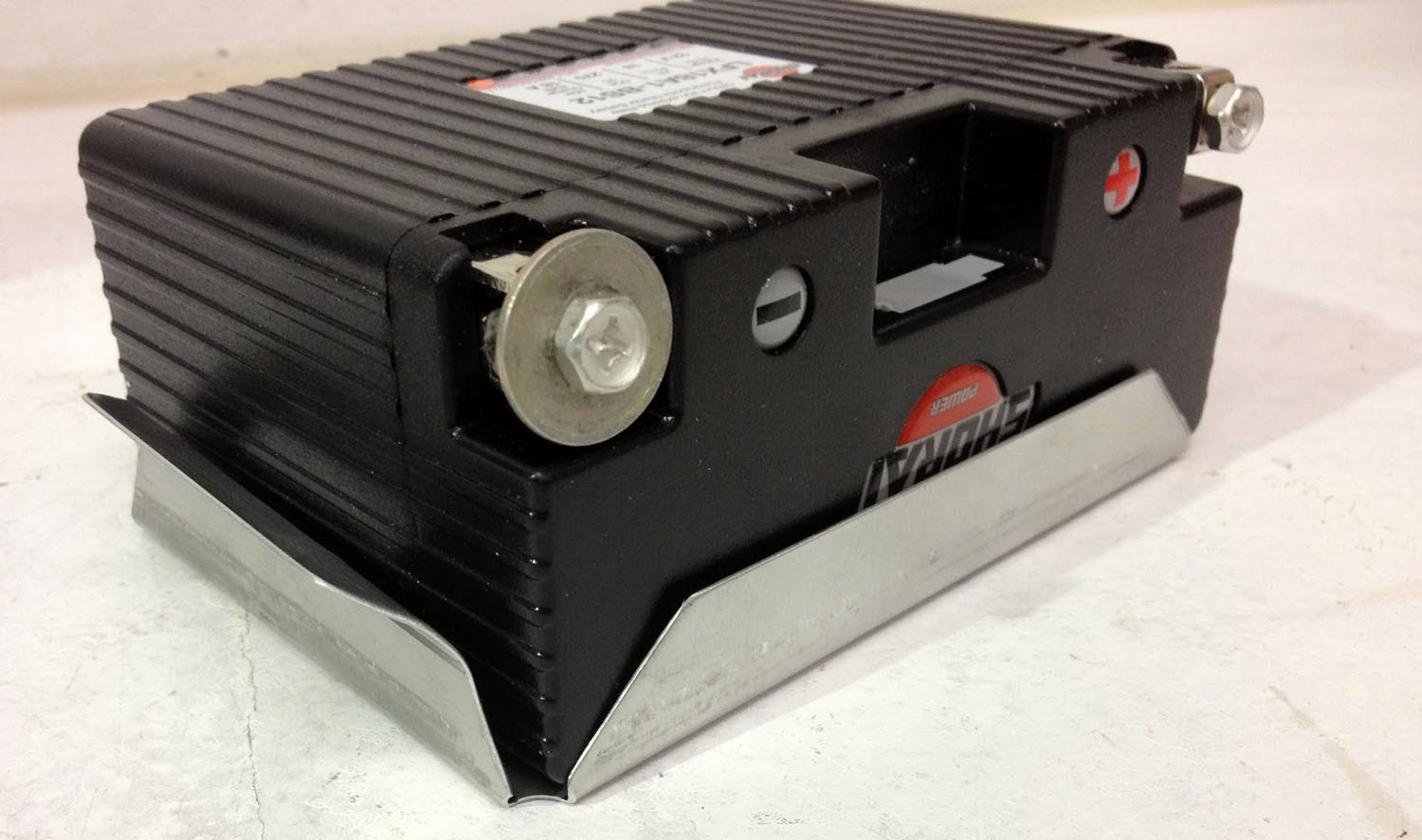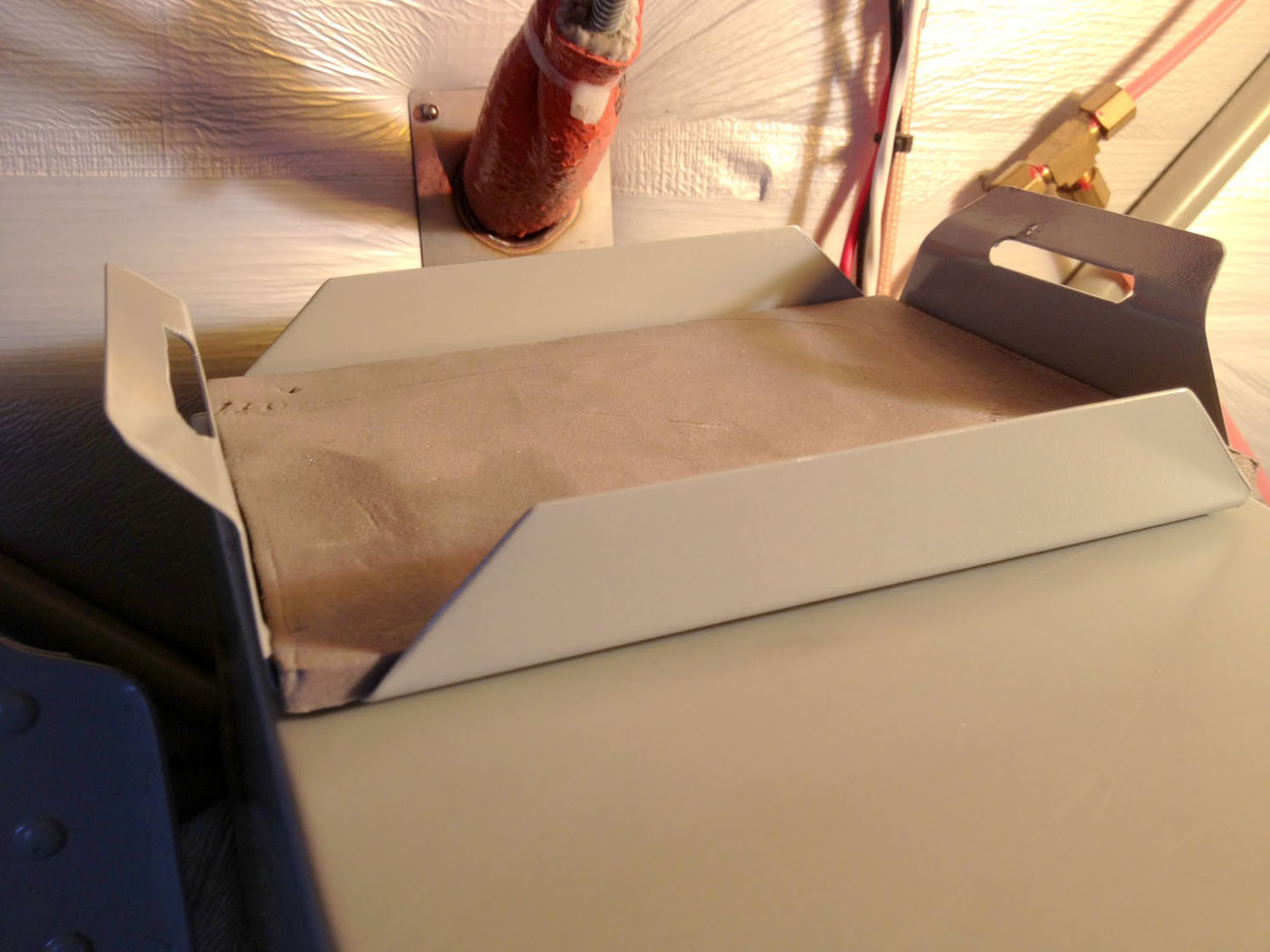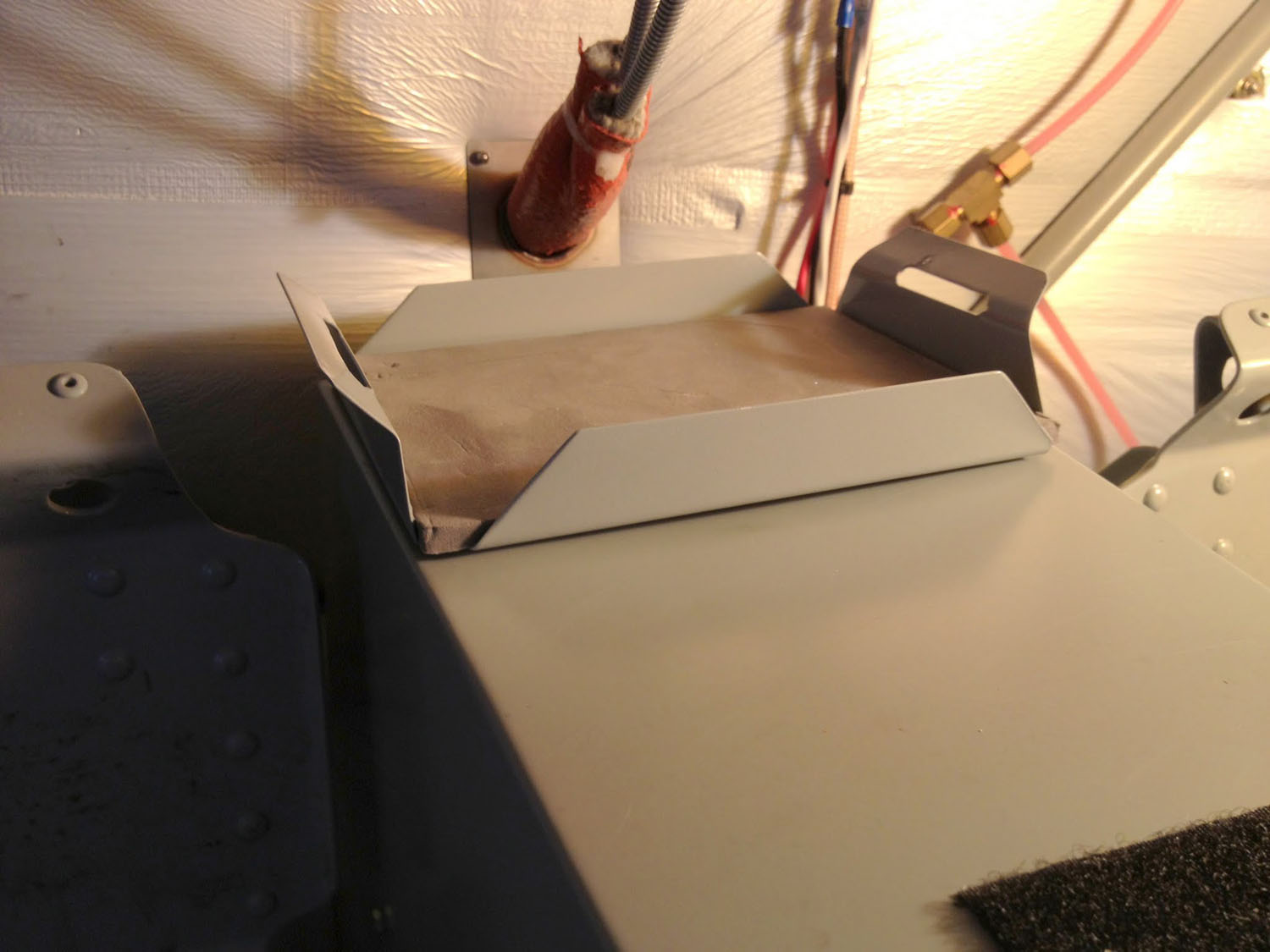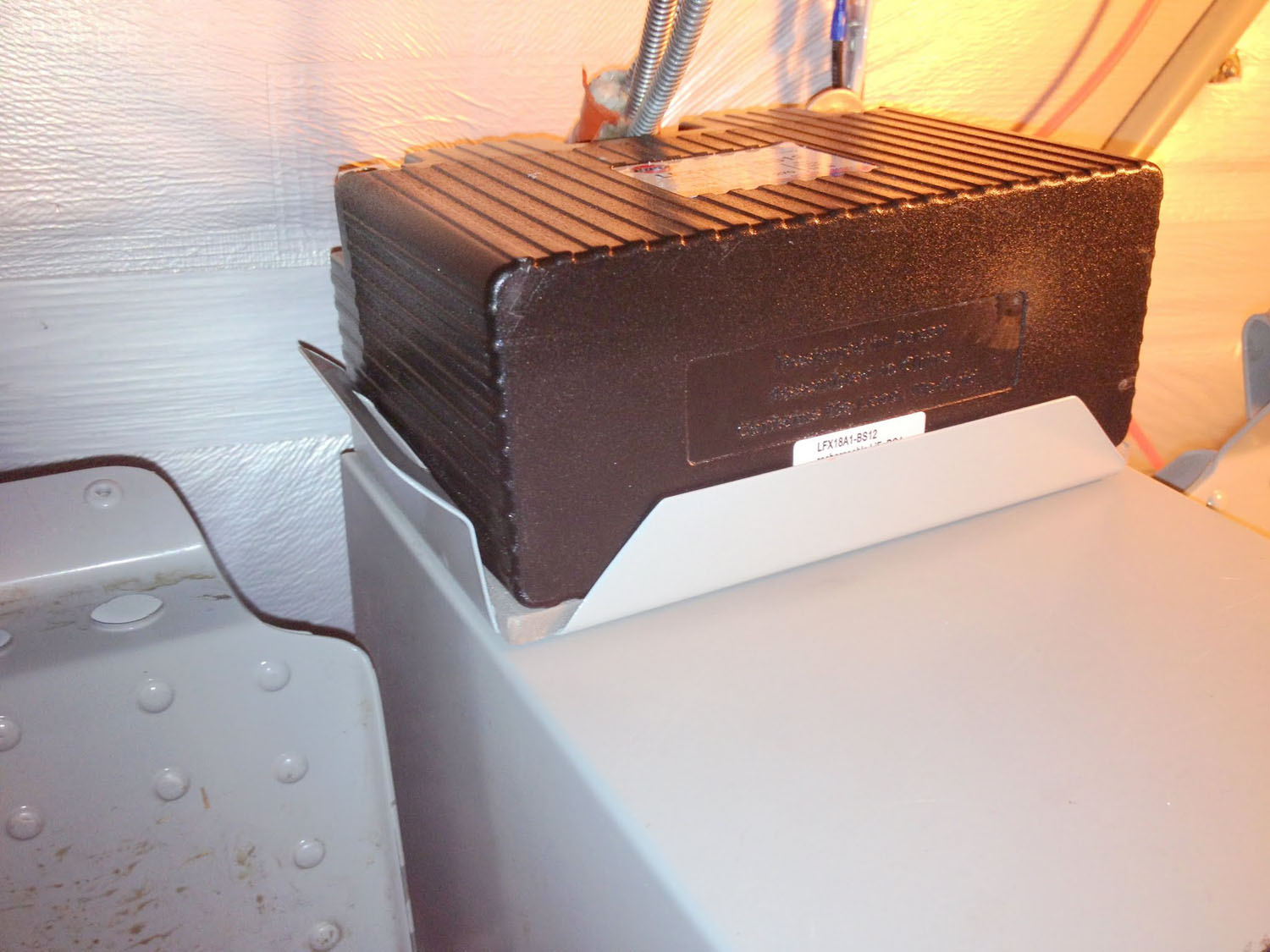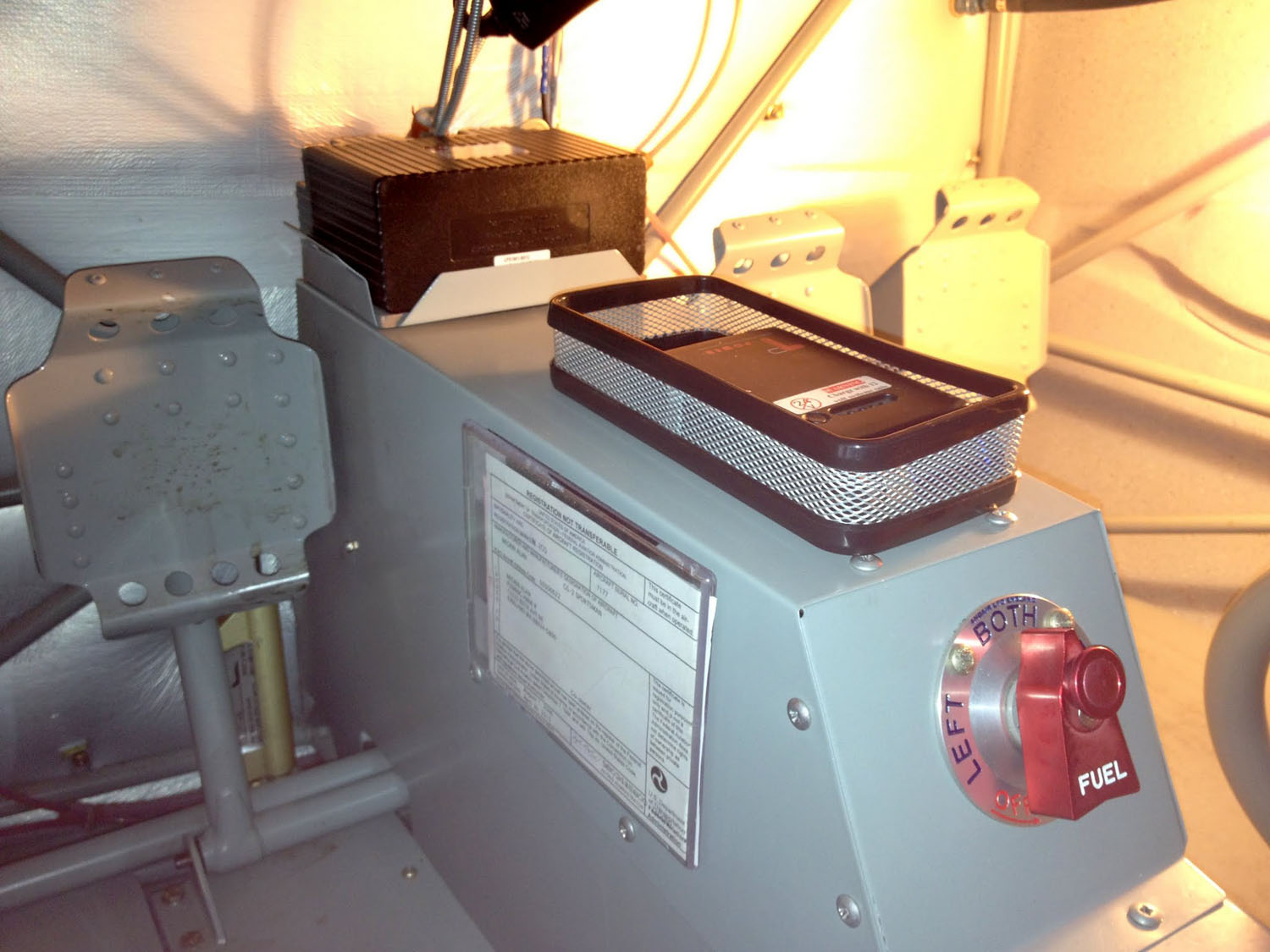Two Weeks To Taxi Sportsman have been all built using one of two Odyssey motorcycle batteries. Most taildraggers were built using the PC 680 mounted on the firewall and most trikes have the larger and heavier, PC 925 mounted just aft of the bulkhead “A” closeout panel.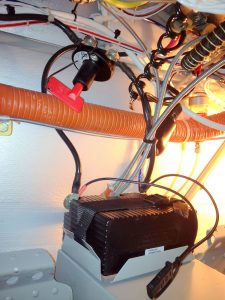
When Ted Setzer built his “Super-Setzman TedStar”, he decided to do something different with his choice of batteries along with his other myriad modifications from the typical Sportsman. He chose to use a Lithium-Iron battery (That is correct, NOT a Lithium-Ion). The Shorai, LFX36A3-BS12 Lithium-Iron battery he chose to use as the main power unit is a 36 amp-hour battery with a weight of just less than five pounds compared to the 17 amp-hour PC 680 at 15 pounds or the PC 625 at 28 amp-hours and 24 pounds.
I thought how nice it would be to shed another 10 pounds off the nose of my Sportsman and increase the battery capacity simply by switching from the PC 680 to the Shorai. Then Ted explained to me that the Shorai batteries, while much safer and not prone to the same overheating problems of the Lithium-Ion batteries, warn of not charging more than 24 amps or risk reducing the life of the battery.
With that problem in mind, Ted also chose to not use the standard TWTT Plane Power alternator with non-adjustable internal voltage regulator in favor of the more expensive B&C with an adjustable, external voltage regulator.
At that point, I came with up with a different idea as I did not want to incur the expense of not only switching batteries, but the alternator as well.
I started thinking about installing a backup battery instead that would not only increase my capacity but to be able to do so without adding too much weight.
Shorai makes many different sizes of the same Lithium-Iron battery. I purchase one to use as a backup for my new AFS 5600 instead of using the more common TCW units. In that application I chose to purchase a LFX07L2-BS12. It has a 7 amp-hour capacity and weighs just over a pound.
The LFX18A1-BS12 is an 18 amp-hour battery that is just over two pounds in weight and that is what I purchased for my backup battery for main power. I also decided to use an inline battery switch (delcity.net, Item: 79997) that I could control manually so that I would not have to worry about charging it at too high of a rate. If I decide I want to charge that battery in flight, I simply wait to turn on the switch only when the charging rate is below 24 amps.
The dimensions of the battery are perfect to install it on top of the forward tunnel cover. I built a small open tray that has a strap to secure the battery in place. You can order the battery with the positive and negative terminals reversed. You can see all the choices at batterymart.com. The one I purchased has the positive terminal on the left. I was planning on building a mount for the battery switch, but ran out time prior to a trip so I simply installed the switch inline and put in on the ground side instead of the “hot” side. I wired the positive terminal directly to the hot side of the battery starter solenoid.
If my main battery happens to get low for some reason, I have a fully charged battery that will spin the engine over for a quick start. I spend a lot of time in the back country and that is no place to have to worry about a low battery that is unable to turn over and start the engine.

